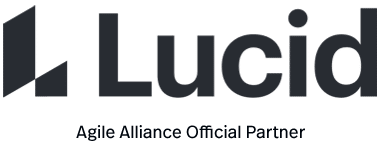In software development, an “estimate,” in the usual sense, consists of a quantified evaluation of the effort necessary to carry out a given development task; this is most often expressed in terms of duration.
The intent is to aggregate many such individual estimates, so as to obtain an indication of the overall duration, effort, or cost of a software project.
Common Pitfalls
Even within the Agile community, one finds many distinct schools of thought concerning the theory and practice of estimation. However, a broad consensus has emerged around a few typical mistakes:
- estimates necessarily embody a component of uncertainty; “point” estimates are generally considered inadequate insofar as they fail to reflect that uncertainty
- estimates are not the same as commitments; for instance, blaming a developer for taking 3 days what he estimated he would finish in 2 is a counter-productive attitude, usually leading to overinflated estimates in future
- an estimate isn’t a final answer, it reflects the information that was on hand at the time of communicating it; it should always be permissible to update an estimate in light of new information, either upward or downwards




